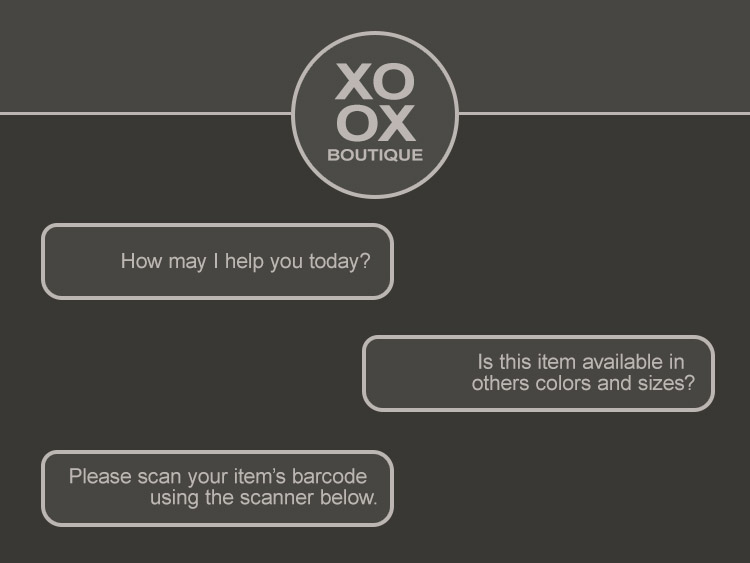In an era where digital transformation is not just a trend but a business imperative, the retail industry stands at the forefront of a complete reinvention of how retailers engage with customers, optimize operations, and stay competitive in a rapidly changing market.
From personalized shopping experiences to streamlined supply chain management, AI is enhancing efficiencies and opening new avenues for growth and customer satisfaction.

1/8
Personalized Customer Experiences

2/8
Inventory Mgmt and Demand Forecasting

3/8
Supply Chain Optimization

4/8
In-Store Experience and Operations

5/8
Virtual Assistants and Chatbots

6/8
Fraud Detection and Prevention

7/8
Loss Prevention

8/8
Market Trend Analysis
01
Shrink Accounted for Over $112 Billion in Industry Losses in 2022, According to NRF Report.
